Thoughts about Kazi Binkis in the Maironis Museum of Lithuanian Literature started already last year, when he turned 130. There is no shortage of colorful personalities in the art world, but K. Binkis seems to surpass them all. His energy and vitality turned life into the most colorful mosaic, in which there is no shortage of joys, guilts, disappointments, achievements and altruism.
However, it is impossible to talk about the poet without his impressive support team – the “Four Winds”. A gathering that started to get noisy servants in a modest apartment rented by K. Binkis and fulfilled an old dream. Therefore, in the newly opened “KaBinkis” exhibition, we can go back 100 years to the past, to the year 1924, when quadrupeds finally celebrated the release of the first magazine “Ketiuriu väyu”. He still raises questions then and now. So the museum continues as a guest in the column “Museum Wednesday”. story started last month on this topic, and the text of the exhibition curator Audronė Meškauskaitė, who has read it, is waiting for Rotušės a. 13.
We cannot describe the significance of “Four Winds” in the literary process unequivocally, but it is obvious that despite the controversial artistic quadrupeds creative values, it was an inevitable process of modernization of literature. Therefore, we have something to celebrate, remembering the creative history of the magazine, the literary movement and its initiator K. Binkis!
The beginning of “Four Winds” leads to the 1920s. in autumn, when K. Binkis and his friend Juoz Petrėnas were sitting at the foot of Mount Gediminas and dreamed of a modern literary magazine that would be at least somewhat similar to “Die Aktion” or “Der Sturm” read in Germany. Then the name “Iron Wolf” came to mind first. As you know, this vision has changed and transformed, but K. Binkis’ enthusiasm to bring home the innovations from abroad, which he supervised and adopted while studying and working in Germany, remained. It was even reported in the press that K. Binkis went “abroad to further his education in the field of fine writing”. The writer settled on the busy Kurfurstendamm street in Berlin and enjoyed the Cubists, Futurists, Dadaists and others …-ists theater of life. It is true that in the West the great wave of avant-gardism was already unabated, but here in Lithuania a warm reception was not to be expected – innovations are always frightening. This is what the exhibition “KaBinkis” is about.
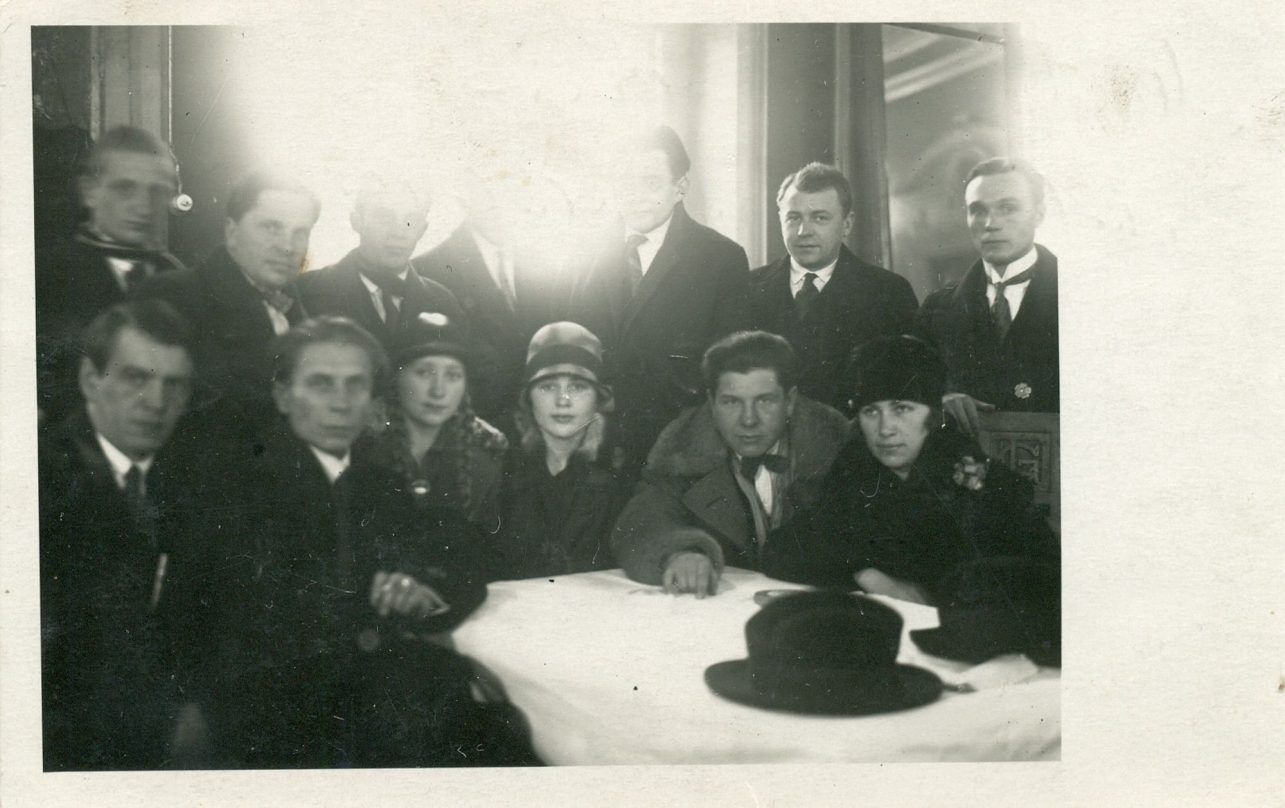
A lot had to happen, a motley puzzle of successes and failures had to be put together, until finally in 1922 February 16 “Prophet of the Four Winds” is out. Money became the biggest problem and challenge. No way without them! I had to limit myself to a modest eight-page magazine. For this literary leap, the vanguardists prepared responsibly – the fourth anniversary of independence was chosen. J. Petrėnas wrote in his memoirs: “How beautiful that four-act performance seemed to us in our dreams – February 16. There will be crowds of people on the streets of Kaunas, and we will print many thousands of copies of our “Prophet” and – whoever pays, we will give it to whom for nothing, but so that all those crowds will know what we wanted so badly at that time. We wanted to go to the people of our nation and call them to love poetry, art, creativity. And it seemed to us that everything we talked about back then would be close and understandable to everyone.”
A manifesto was printed in the issue, which started the trend of ever-longer literary manifestos. It lists the demands of “young, restless and windy children”: after announcing the fight against old age, laziness and drowsiness, rejuvenate the spirit of people with a vital word and flood the gloomy present with the dazzling light of dynamic art; to expand the ranks of the creators of new art, who, based on folk creative traditions, would make their country famous.
When “Prophet of the Four Winds” tested the public and its reactions, it was time for the next “Four Winds” numbers to appear, which were infinitely different, composed by different artists, relentlessly cooling quadrupeds to the enthusiasm of the ideological leader K. Binkis. At the exhibition, you will see the entire “pavement” of this publishing phenomenon: you will get to know quadrupedswho chose to servants, read, argued and learned from colleagues, foreign artists and folklore. Yes, the experience of foreign countries was very strong, quadrupeds received criticism not only for style and expression, but also for plagiarism and imitation. But was it possible otherwise? While you’re learning, you’re looking for your own solution, you inevitably follow those who are ahead. And “Four Winds” did not hide it.
K. Binkis himself traditionally read a poem by his inspiration Vladimir Mayakovsky almost every Monday at meetings. Influences from the East were almost as important as those from the West. And this was another excuse to condemn. The Four Winds is an empty soap bubble; kissers; no incentive is worth sacrificing for such a “new art”; it’s just matter, etc. The cultural society felt disappointed by the irregularly appearing Four Winds. And against this heated background, the idea once arose to organize an event that was… a trial. You will also get to it at the exhibition. The “Four Winds” trial took place in 1927. in winter in a crowded hall of the University of Lithuania. Artificial intelligence helped create a short video about it, which will help you feel like you were there. You will see that there were less than justifications in the court of criticism, but we don’t want to reveal the intrigue just yet.
“Four Winds” received many and even very painful accusations. They constantly listened to harsh criticism and criticized and provoked themselves, sometimes they felt insufficiently competent and covered it up with an arrogant attitude. And where are the failures in life and guilt over the deaths of loved ones and not only theirs… Then you want to shout: “KaBinkis”! So gradually the color of the exhibition darkened to uncompromising black. But even in that darkness, the main highlights of K. Binkis’s activity – flashes of light. One such is the collection of poetry “100 springs”, which was quite positively received. It’s just a pity that it wasn’t noticed right away and there were quite a few reviews. The history of the set is worthy of a detective, because the first edition in Germany was stopped, so very few books reached Lithuania. However, at the exhibition you can see the original illustrated by Kazis Šimonis stored in the Maironis Museum of Lithuanian Literature. And the second, already released in Lithuania, collection show, a note signed by K. Binkis himself that he received the payment, and other interesting things.
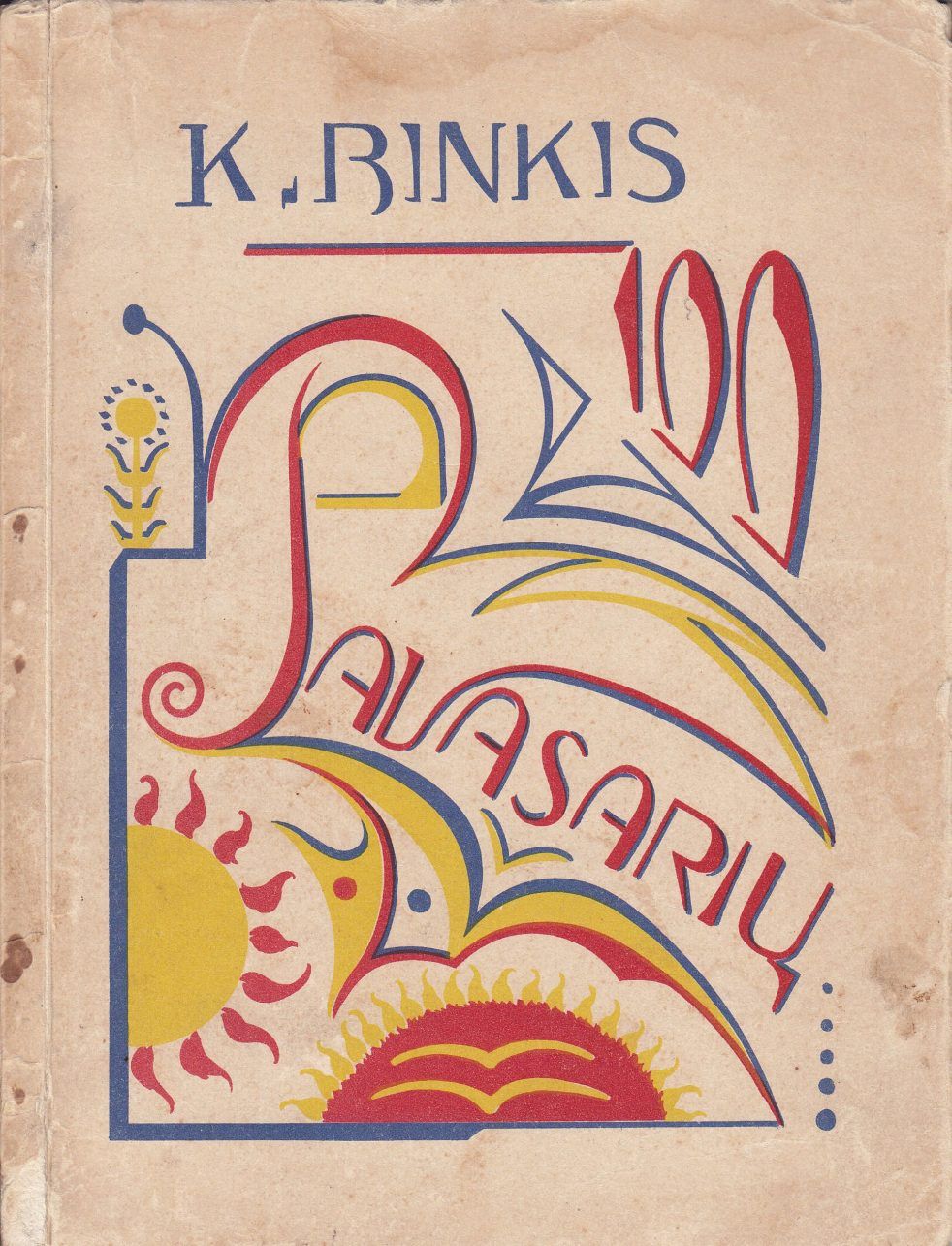
How much quadrupeds back in the day there was talk of a new craze, post-mairon literary era! However, in the memories of J. Aistis, we read that K. Binkis understood the value of Maironis and his poetry as best as possible: “The young people thought that the wind workers did not hate Maironis himself. And there was already such an opinion that every young person could express himself and become modern and current, only if he spoke unfavorably about Maironis. Once such Vl. Suchockis responded ironically about Maironis in front of Binkis. Binkis got angry and said: “Boy, none of us here are worthy to clean Maironis shoes…” It’s interesting that both Maironis and K. Binkis – both were the true songs of spring, for both of them this time of renewal was very important. Only the stylistics is different, which we invite you to recognize while playing and learning to create like the modernists of that time.
Stylistics, specific vocabulary and its shades are extremely important in poetry, which conveys the worldview of the author. And how will it succeed in catching it and conveying it to artificial intelligence? We asked him to read some of K. Binkis’s poems from the collection “100 springs” with images – to see what the poet painted in words. And now it is already becoming clear that he will not be able to replace the creative personality soon.
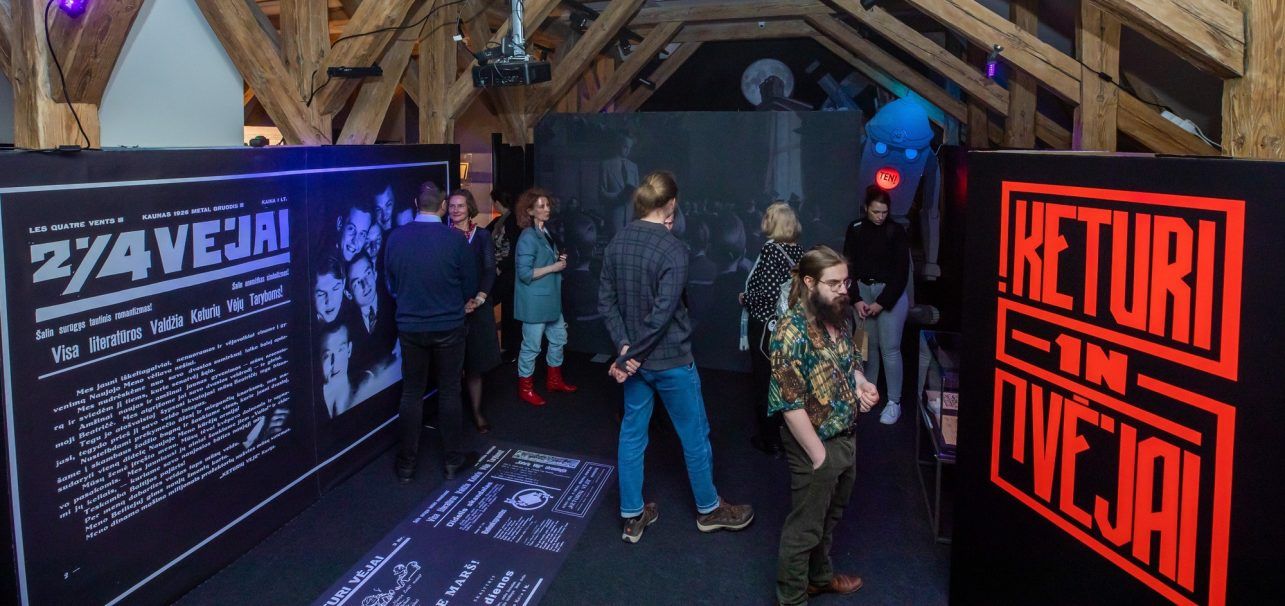
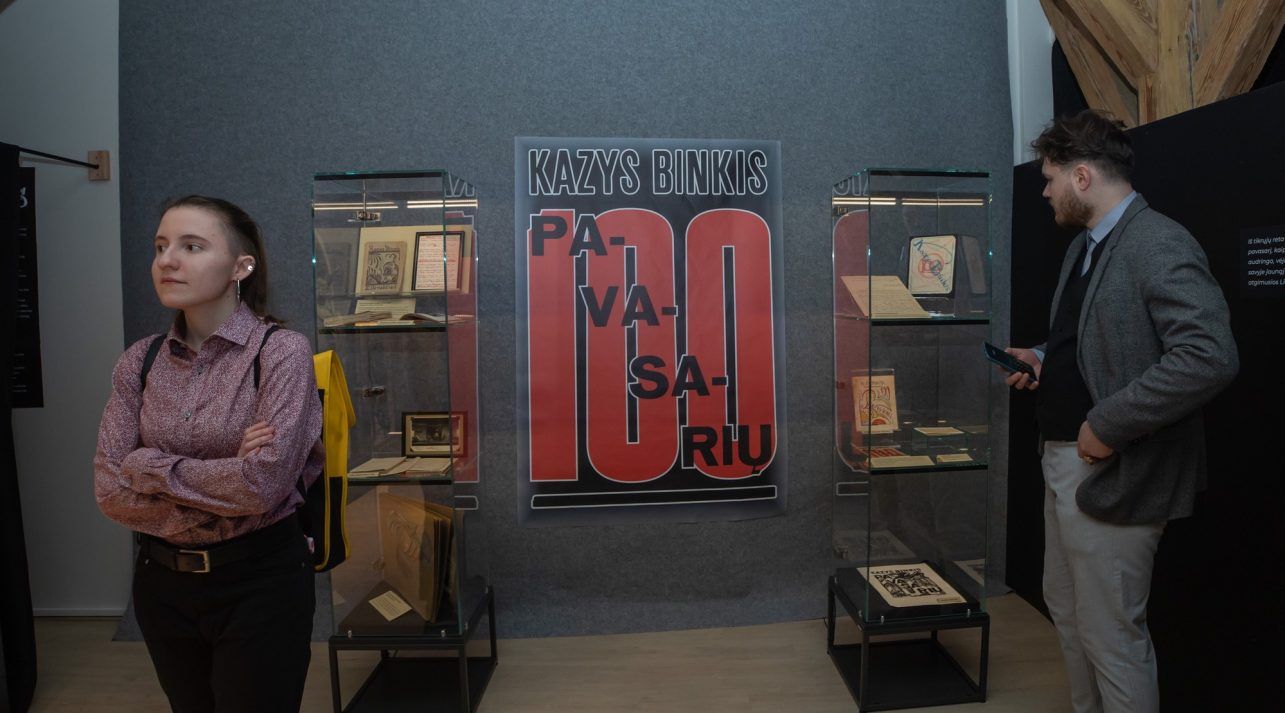
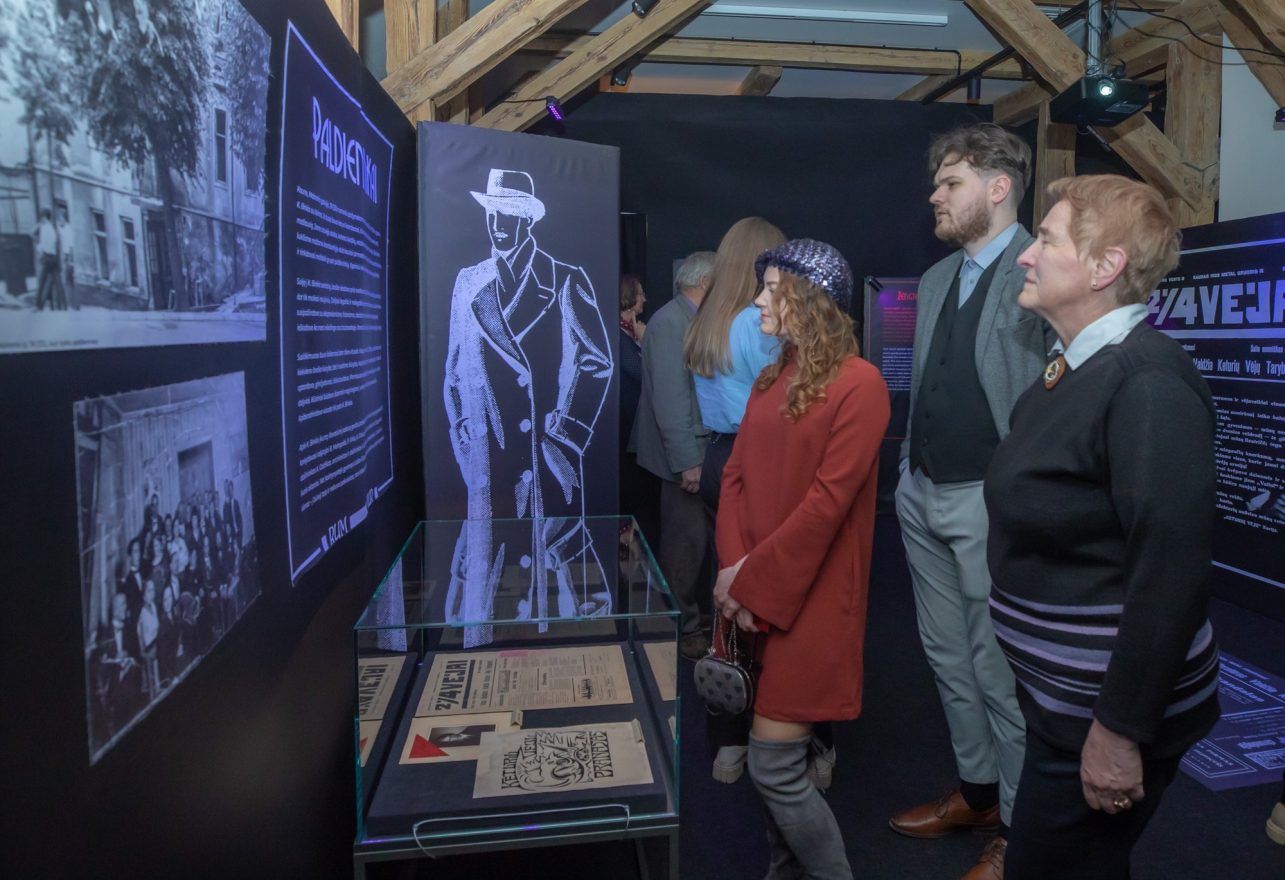
In the darkness of the new MLLM exhibition, the Kaunas of the future also emerges, as the interwar artists saw in their visions, and the artist Liudas Parulskis put them into his work. It is very interesting to analyze the present from the perspective of the past, to see quadrupeds, who considered themselves partly futurists, and in the eyes of others. Retrofuturism is a look from the past to the future, which we can evaluate from the standpoint of the present. The past is connected with the present by another artist – a painter and grandson of K. Binkis with his abstract paintings, which are harmoniously integrated into the thematic fabric of the exhibition.
Every darkness leads to light. The darkness of the exhibition is offset by the light of altruistic, selfless works dedicated to one’s country and its people. And it shines for us to this day – even after a long century.
Partners: Digital media solutions company MultimediaMark ™
Organized the exhibition: curator Audronė Meškauskaitė, designer Inga Zamulskienė, museum curators Marija Kaškonienė, Regina Mazukėlienė, Nijolė Raižytė.
The project is financed by the Ministry of Culture of the Republic of Lithuania.












